by Mike –
Not everyone is looking forward to driving an electric powered car or an autonomous driving car. Lovers of classic cars really like what they have now, cars like my 1971 Lamborghini Espada.
The Lamborghini Espada is an intriguing blend of contrasts not beautiful to all but it cannot be ignored either and to some like me it is irresistible. The roofline is flat with a gentle, long slope to the rear, which creates the required headroom for the back seat occupants. This gentle slope ends in a Kamm tail, which reduces the aerodynamic drag on the car. This style can be an acquired taste because it does not have a fastback that most people expect on an Italian exotic car. It is a sensuous design that grabs and holds ones attention and it holds four people in comfort.
Piloting a 1971 Lamborghini Espada is like a trip back in time, to a simpler period when there were no computers in cars and driving required the full participation and attention of the driver. This is an experience that everyone should have at least once.
The Espada seems like a big car from the outside but is very low to the ground. From the inside you see there is enough room for four normal sized adults to ride in comfort. It is a real GT (grand touring) car with room on the inside and the looks of a sports car.
Lamborghini intended this to be the family GT car for long road trips. It was in production from 1968 to 1978 and is less than 47 inches from the ground to the top of the roof. Compare that to the Bizzarrini GT 5300 which is 43 inches high! The Bizzarrini was designed to be an all out race car and the Lamborghini was designed to be a family car.
If you see an Espada with other cars around it will likely be the most startling looking car. This is not a car for shy people, it will attract attention, like it or not.
The seating position is close to the ground, about 12 inches from the driver’s butt to the ground. The steel body has a unique shape (styled by Marcello Gandini of Bertone) that attracts attention wherever it goes. Gandini also designed other Lamborghinis: Countach, Miura, Jarama and others. The hood is aluminum to reduce the weight, despite this the hood is heavy because it is large; it incorporates part of the front fenders.
Under that hood the Giotto Bizzarrini/Giampaolo Dallara designed V12 aluminum alloy masterpiece of an engine sits with its 4-camshafts and six Weber carburetors feeding fuel to the nearly four liter displacement capacity engine producing 350 horse power.
Inside, the smell of the interior is elegant and the dashboard is beautiful with the instrument layout just about as good as I could hope for. The seating position is excellent with more than enough headroom for my 6’ 1’’ height. The steering wheel is in what seems like an odd position and is larger than most steering wheels. The large steering wheel is helpful for slow speed movement or parallel parking because my Espada does not have power steering. However, once I am moving at any speed the steering is just fine and power steering is not needed.
I seat myself in the driver’s seat, press in the clutch and shift the transmission to neutral. I then insert the ignition key into the ignition switch, which is located on the console just above and to the left of the gear shifter. A turn of the switch to the first position turns on the electric fuel pump, which I can hear behind and below me. After a few seconds the sound of the fuel pump changes and I take that as my cue to turn the ignition key all the way and start the engine. It fires right up and a few pumps of the accelerator pedal help warm it up.
All twelve pistons are pumping in coordination with the six carburetors but they are not quite running perfectly yet. Perfection comes after a few minutes of running the engine to allow the oil to flow into the little spaces where it is needed to ensure all is smooth and after a couple of miles of driving the carburetors warm up. Then the engine sings its Italian song.
Shifting the 5-speed transmission is done with deliberation and determination and is rewarded by a solid feel as the next gear is selected and the Espada continues to accelerate. On the open road the Espada wants to go faster and faster and seems happier to cruise around 80 to 90 miles per hour. The top speed is a reported 155 miles per hour, which I do not expect to ever reach myself.
The ride is smooth and comfortable. This is a grand touring car, not a racecar, and the quality of the ride demonstrates the intent of the Espada designers and engineers.
The large rear glass window is a hatch lift up that allows access to the trunk area, which is open into the passenger compartment just like a shooting brake or an American station wagon. At the end and below the glass hatch is a six-inch tall vertical window that extends the width of the trunk area. This innovative design feature improves the visibility out of the rear because sometimes the light reflection on the hatch glass makes for difficult viewing.
There are two gas tanks accessed by two separate gas filler locations on each side behind the doors. This allows for more room in the trunk because the gas tank is not below the trunk as on many other cars. But filling up with gas requires accessing two gas filler locations on opposite sides of the car!
The wheels are 15-inch diameter Campagnolo magnesium alloy that are the same wheels used on the Lamborghini Miura. They are real ‘mags’. Magnesium is flammable under certain circumstances and once ignited it is difficult to extinguish, so materials such as aluminum are now preferred for wheel construction even though magnesium is lighter.
The Espada is a rare car today considering there were more than 1200 made compared to about 750 of the two seat Miura sports car. You will see many more Miuras at classic car shows or collector car auctions than Espadas because many Espadas did not survive; they were driven, used up and discarded. The cost to fully restore an Espada is not quite what the car is worth just yet, but I suspect it will appreciate to that level soon.
The Lamborghini Espada was truly ahead of its time; fast, nimble, comfortable, the looks are like no other and that distinctive V-12 sound, well that makes for a great automobile. The low stance and flat roof line gives the impression that the Espada is larger than it really is but when you see it next to other cars you see just how low it is. The subtle design is breathtaking and truly a work of mobile art.
The Espada is neither electric nor autonomous but it is legendary.
Let us know what you think in the Comments.
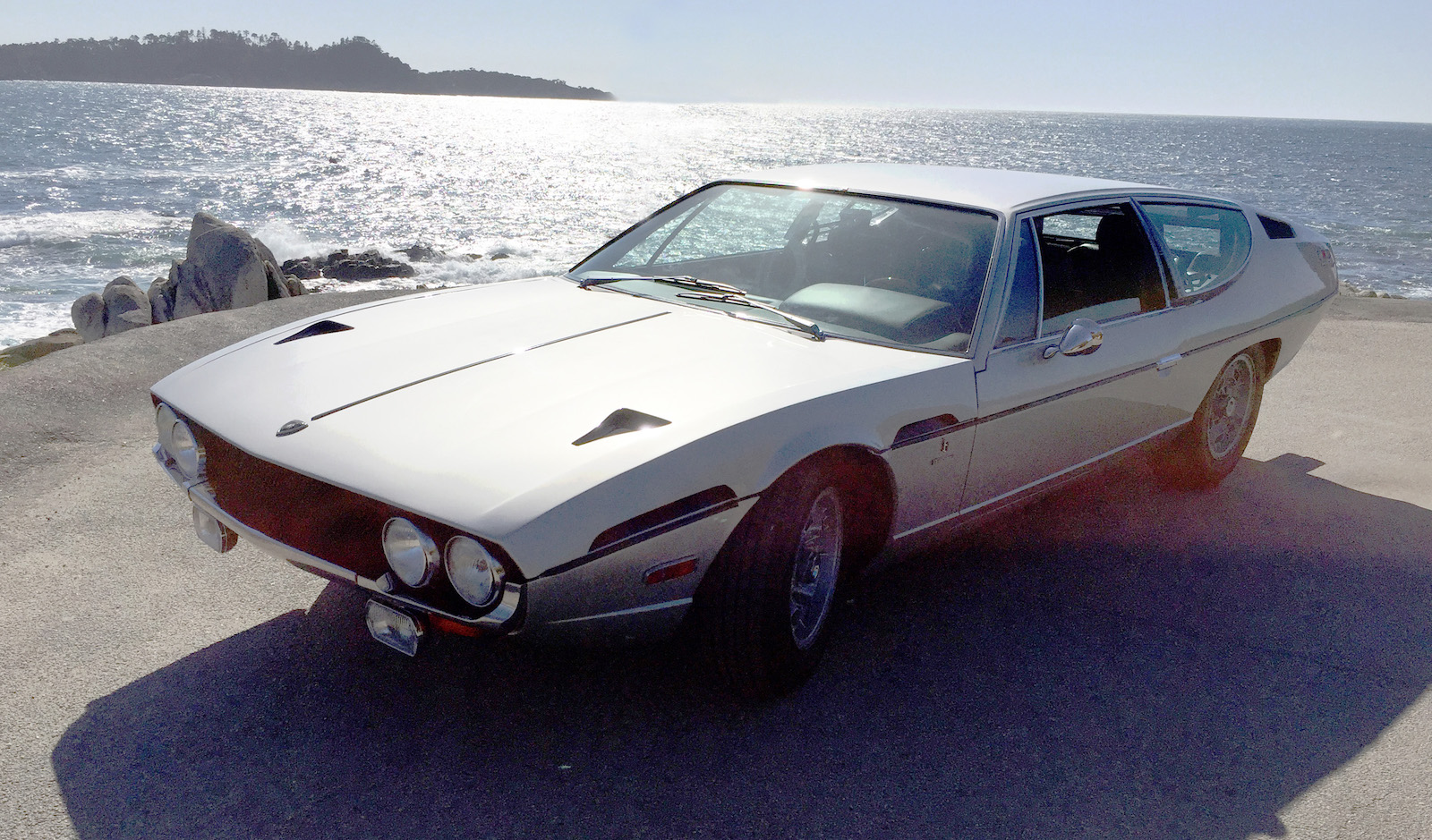
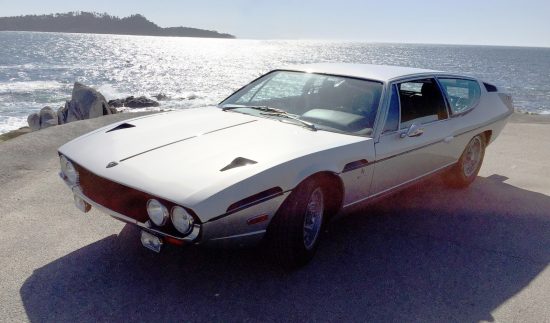
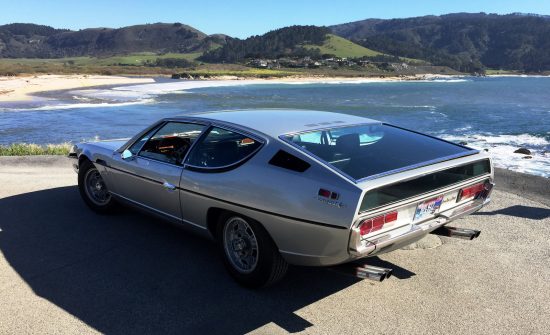
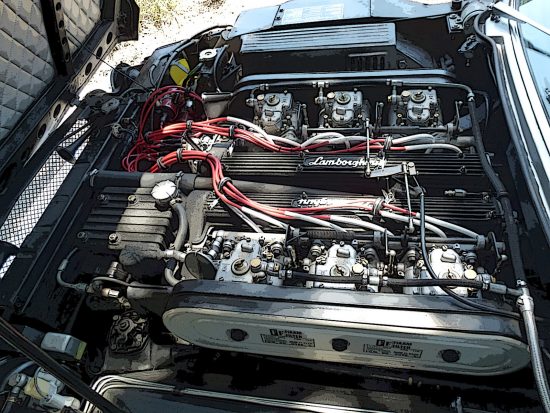
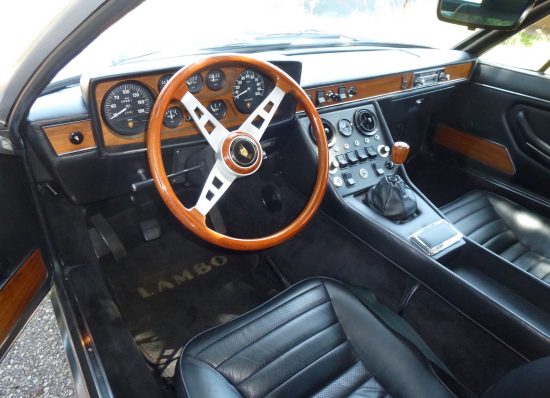
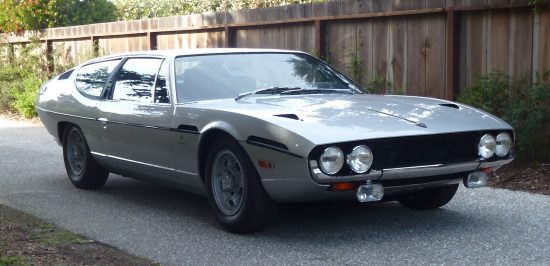
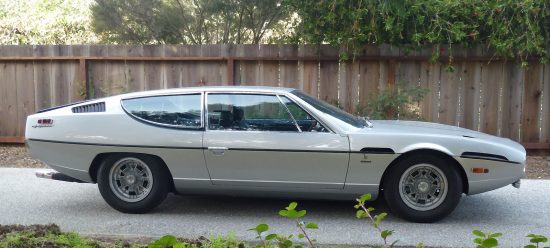
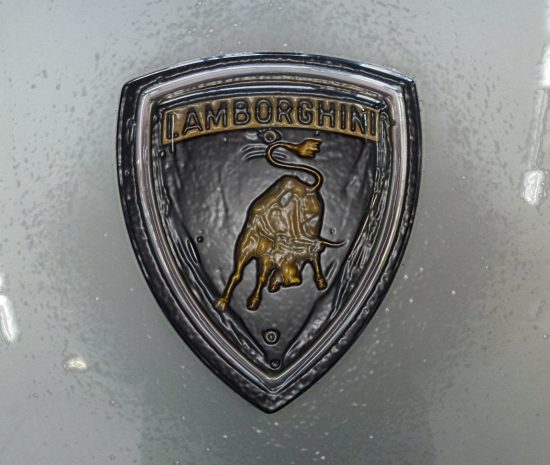


Not an acquired taste for me, I fell in love with the Espada the first time I saw one and have owned several of them over the years, fast comfortable make great noises, and for me quire easy on the eyes… never tire of seeing them.
Also enjoyed my Jarama’s for all they got not a great review in the press, and are a bit of a pain to work on they are sure fun to drive… and again easy on my eyes anyway…
Jim,
I should have known that your taste would include the love of the Espada and Jarama. I have an itch for a Jarama too which is very similar in style to the Iso Lele (the Espada, Jarama and Iso Lele were all designed by Gandini as you know).
And I have read that the Jarama was the favorite of Mr. Lamborghini.
Yup they were my first introduction to Lamborghini’s when I was in High School, the local Mercedes store in Houston Norman Scott had them as new cars and I was completely smitten… over the years I have owned a number of Lamborghini’s but it is those early cars that still grab me… Have at this point owned 3 Espada’s and 3 Jarama’s an Islero and one Miura… Not sure if the Espada or the Jarama is my favorite however of the cars… all 3 of my Jarama’s were first series cars, and I have to admit I truly am taken with the Jarama S dash… although I prefer the earlier Miura style wheels.
BTW the Jarama’s look extremely aggressive with out bumpers…
Although I’m a life long American classic car buff and have owned many cars, my first introduction to European classic cars was the 2010 Italiano Concorso at Monterey. I was blown away with the many incredible designs that I had been missing out on for so may years. But out of all of the cars that I was introduced to that day, the Espada was the one that I immediately dismissed as looking “too akward”, “gangly”, and way too long. However, over the years I began seeing the Espada in a different way and found myself liking it’s design in spite of my first encounter. In 2015 I even bid on an Espada right up to the very end, losing out to BHCC. For me the Espada has been an acquired taste, but one that I appreciate even more, because of my original impression.
Philip,
The Espada is an acquired taste for me too but one I will never get over. In 2010 the Iso Bizzarrini club had a great turnout at Concorso Italiano. I hope you stopped by to see a P538, 3 Bizzarrini GT 5300s (including my silver one), some Grifos (one of the red ones was mine), Rivoltas and a Lele.
Oh yes, when i said “blown away” that group of Grifos was definitely at the top of the list. I met you and your GT5300 at the Marin Concours which might have been prior to the 2010 Concorso?
There we so many wonderful cars at Concorso that day that for the past 7 years I have been mainly focused on pursuing the european marques.
Philip.
The Marin Sonoma Concours d’Elegance was a favorite of mine I won an award with the Bizzarrini one year and I am sad it is no longer existent.
2010 and 2011 were great years for Iso/Bizzarrini at Concorso Italiano and 2012 was the best year for Iso/Bizzarrini at The Quail where there was an Iso class and a Bizzarrini class (my silver Bizzarrini won this class). My red Grifo was on display in the Iso class which had 27 cars!
Unfortunately like the other expensive limited production Italian cars of this era here in the northeast are prone to rust. Recently saw one with the ‘A’ pillars rusted thru,sad story. Style was a priority & rustproofing was neglected.
I’VE ALWAYS LUSTED TO HAVE AND ESPADA.. IT WAS THE ONLY ONE NEAR MY PRICE RANGE ANY WAY.